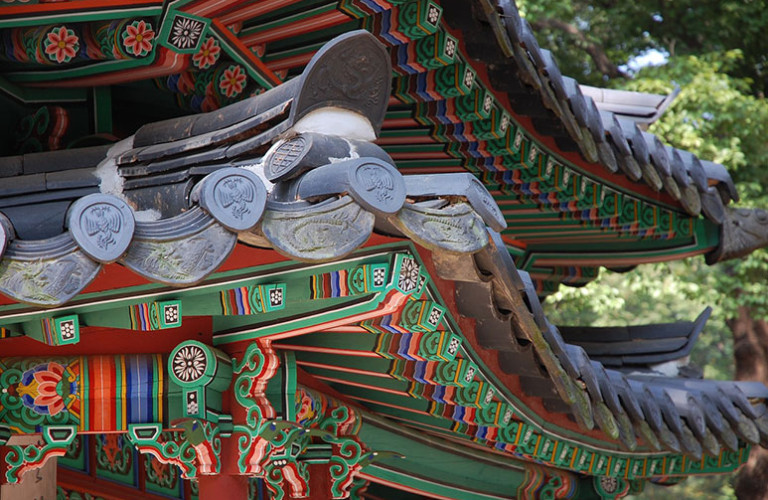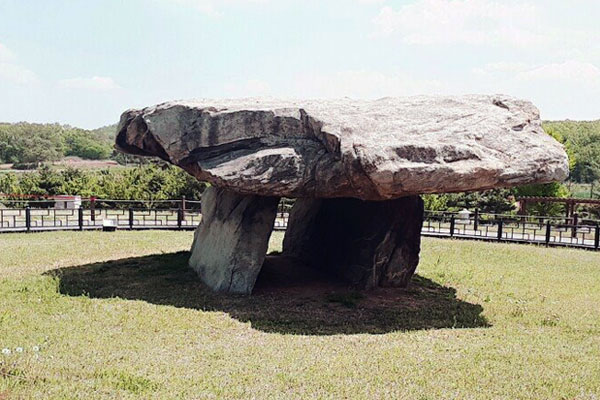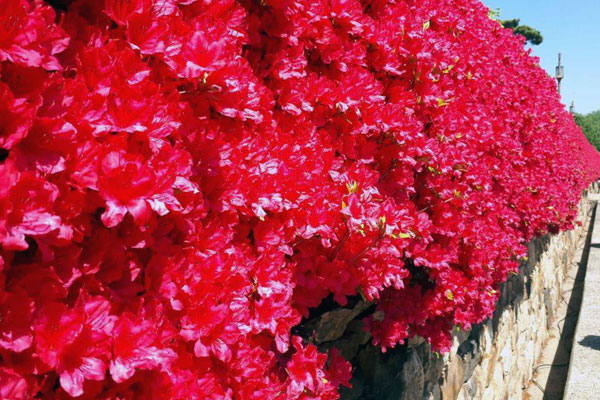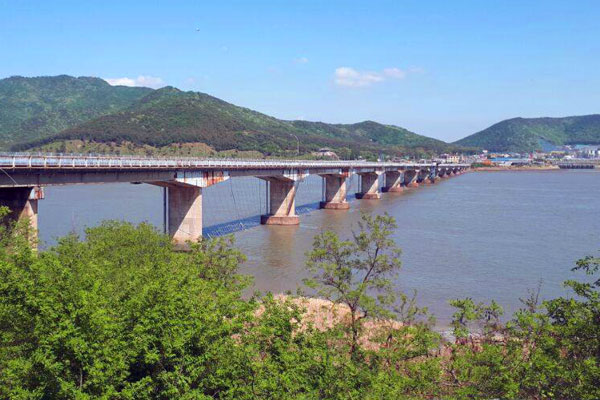L'île de Ganghwa en Corée du Sud le berceau historique du pays
Publicado em 17 de dezembro de 2024

Le saviez-vous ? La péninsule coréenne a été peuplé en même temps que le reste du monde, c’est-à-dire un peu plus de 8 000 ans avant JC, au Néolithique et plus particulièrement sur la petite île de Ganghwa en Corée du sud situé à la frontière nord-ouest entre les deux Corée.
Une île d’environ 305 km² où les archéologues ont retrouvé des dolmens identiques à ceux que vous pourrez trouver en Armorique, classés au patrimoine mondial de l’Unesco en 2 000. Découvrez cette île lors d’un voyage en Corée du Sud vous transportera dans l’Histoire du pays.
Le pays du matin calme du néolithique à nos jours
L’île de Ganghwa en Corée du sud, ou Kanghwa, n’est pas seulement une île aux vestiges néolithiques, mais c’est depuis des centaines d’années une île stratégique pour les royaumes de la péninsule.
Cette île est un point clé du fait de son emplacement à l’embouchure du fleuve Han, fleuve qui traverse la capitale : Séoul. C’est donc un parfait avant-poste pour la sécurité de la ville et de ce fait, de nombreuses fortifications y ont été construites au fil des siècles.
 Dolmen de GanghwaÀ la période du royaume de Goryeo (XIIe et XIIIe siècle), l’île de Ganghwa sert même de refuge aux habitants de la capitale et aux gouvernements du royaume lors des attaques du peuple venu de Mongolie.
Dolmen de GanghwaÀ la période du royaume de Goryeo (XIIe et XIIIe siècle), l’île de Ganghwa sert même de refuge aux habitants de la capitale et aux gouvernements du royaume lors des attaques du peuple venu de Mongolie.
Durant l’époque du royaume de Joseon (fin XIIIème – début XXème siècle) l’île sert à nouveau de refuge contre des envahisseurs étrangers venus de la Mandchourie.
Au cours du XIXe siècle, les nations occidentales ont tenté plusieurs fois des entrées en Corée en passant par le Fleuve Han, mais elles se sont toujours retrouvées bloquées par les forteresses et barrières de protection se trouvant sur l’île de Ganghwa.
Encore aujourd’hui, l’île, qui semble pourtant vivre en paix comme tout le reste de la péninsule sud-coréenne, est un haut lieu stratégique. En effet, le nord de l’île est à seulement 1.8 kilomètre de distance de la frontière avec la Corée du Nord
Pourquoi se rendre sur l’île de Ganghwa lors d’un voyage en Corée du Sud
L’Histoire du pays
Sur cette île, vous pourrez alors parcourir toute l’histoire de la péninsule coréenne, depuis la préhistoire jusqu’à l’ère actuelle et mieux comprendre cette si étrange situation de « paix » fragile avec le voisin nord-coréen. Vous pourrez admirer les Dolmens de « Bugen-ni Dolmen », le musée de l’histoire de Ganghwa, mais aussi les forteresses militaires comme la batterie de « Gapgot » qui permit aux coréens de résister à l’armée française et américaine.
Les temples bouddhistes et les palais royaux
Les temples symboles de la présence bouddhiste dans la région comme celui de « Jeongduksa temple » ou encore « Bomunsa temple ». Les palais royaux avec le « Goryeogungji palace » (le palais de Goryeogung) qui a été construit sur l’île à l’époque du royaume de Goryeo.
Sans oublier la forteresse de Ganghwa, et l’église anglicane de Ganghwa qui a tout l’apparence d’un temple boudhiste !
Comprendre le monde géopolitique de l’Asie
En vous rendant au « Ganghwa peace observatory » ( Observatoire de la paix) vous comprendrez mieux la situation géopolitique et militaire avec le voisin nord-coréen.
Visiter des marchés traditionnels coréens
 Les azalées recouvrent l’île au printempsVous pourrez aussi visiter le marché traditionnel où se vend Kimchi (choux fermentés au piment) dont raffolent les coréens, du ginseng aux multiples vertus médicinales, mais aussi les épices et ingrédients qui font de la cuisine coréenne, une cuisine si parfumée, pimentée et particulière.
Les azalées recouvrent l’île au printempsVous pourrez aussi visiter le marché traditionnel où se vend Kimchi (choux fermentés au piment) dont raffolent les coréens, du ginseng aux multiples vertus médicinales, mais aussi les épices et ingrédients qui font de la cuisine coréenne, une cuisine si parfumée, pimentée et particulière.
Lors du Festival des Azalées, en avril, la montagne Goryeosan se recouvre de fleurs et une ambiance de fête règne sur le parc
Facilité d’accès
 Pont de GanghwaPour vous y rendre compter environ deux heures en transport en commun et un peu moins d’une heure en voiture (selon le trafic sur les routes). La distance vous permet de faire une simple excursion sur l’île si vous passez une semaine à Séoul ou plus. Cette sortie de la mégalopole est une bulle d’air frais appréciable qui permet de comprendre un peu mieux l’histoire du Pays.
Pont de GanghwaPour vous y rendre compter environ deux heures en transport en commun et un peu moins d’une heure en voiture (selon le trafic sur les routes). La distance vous permet de faire une simple excursion sur l’île si vous passez une semaine à Séoul ou plus. Cette sortie de la mégalopole est une bulle d’air frais appréciable qui permet de comprendre un peu mieux l’histoire du Pays.
Um site de
Personalize suas viagens com a Quotatrip e receba ofertas sob medida diretamente na sua caixa de entrada.
Descobrir um país